Last week the Children’s Commissioner for England discussed absence from school at the Education Select Committee.
She highlighted two things in particular. Firstly, absence on Fridays which we looked at here. Secondly, the use of attendance “code B” for off-site education activity. TES reported that these latter concerns were shared by the Department for Education.
We previously looked at how many pupils were regularly educated off site back in the summer. In this blogpost we provide an update based on the Autumn Term 2022/23.
Off site educational activity
Examples of off-site educational activities include:
- Attending alternative provision, including unregistered alternative provision
- Attending transition days at secondary school
- Vocational provision in Further Education Colleges
- Attending another school as a guest
However, pupils who attend other schools as part of a regular pattern are generally expected to be dual-registered (attendance code D). Code D sessions are ignored in absence statistics. However, code B sessions are counted as attending.
Data
We use data covering the Autumn term for over 10,000 schools that subscribe to FFT Attendance Tracker. This includes morning and afternoon registration codes for each day for each pupil.
We identify pupils who are regularly educated off-site. We do this by calculating the number of weeks in which pupils are educated off-site for at least one session. Those who are educated off-site for 4 weeks or more are considered to be regularly educated off-site.
How many pupils are regularly educated off-site?
The chart below shows the number of pupils regularly educated off-site per 10,000 pupils in the population.
158 in every 10,000 Year 11 pupils (1.58%) were regularly educated off-site last term. Rates among other year groups, particularly primary phase age groups are much lower.
Scaling these figures up to the full national population of pupils, we would estimate that around 33,000 pupils would have been regularly educated off-site last term. This is out of a population of over 7 million.
In other words, it is rare for pupils to be regularly educated off-site, at least over the course of one term.
What we don’t know is whether this is any different to the situation pre-pandemic.
Pupils with special educational needs
Pupils with special educational needs, particularly those with Education, Health and Care (EHC) Plans are far more likely to be educated off-site.
Over 600 in every 10,000 pupils with EHC plans (6%) were regularly educated off-site last term.
How often are pupils present at their school?
Pupils who are regularly educated off-site tend to spend more time being educated off-site than attending the school at which they are registered. 35% of sessions were spent off-site compared to 33% being present at school.
Some pupils who were regularly educated off-site were rarely present at their school. In the chart below, we show the percentage of sessions pupils were present at their school during the Autumn term.
Almost a quarter of those regularly educated off-site did not attend a single session at the school at which they were registered.
We found that just over 75% of secondary schools had at least one pupil regularly educated off-site but 40% of the pupils attend 10% of schools. Typically between 2% and 5% of pupils at each of these schools were regularly educated off-site.
What other educational activities are pupils doing off site?
Clearly, the schools of pupils undertaking off site provision will know what they are doing.
But for those not working in schools, particularly those involved in policy, what they are doing is something of a mystery.
The Department for Education could use its data assets to investigate whether pupils are:
- attending other schools, including state-funded alternative provision schools
- attending provision in the Further Education sector
- attending unregistered alternative provision or provision in the independent sector if the local authority is paying fees
In some cases, it would be possible to identify whether pupils are attending unregistered or independent alternative provision where their school is paying fees as a result of this data being collected on a voluntary basis in School Census[1].
Summing up
It is relatively rare for pupils to be coded as regularly attending off-site provision in attendance registers. We estimate that 33,000 pupils nationally did so last term.
That said, there is a small minority (roughly a quarter) who did not appear to attend their school at all last term.
However, little is known about the nature of the off-site provision.
- There are plans for this to be statutory from Spring 2024
Want to stay up-to-date with the latest research from FFT Education Datalab? Sign up to Datalab’s mailing list to get notifications about new blogposts, or to receive the team’s half-termly newsletter.



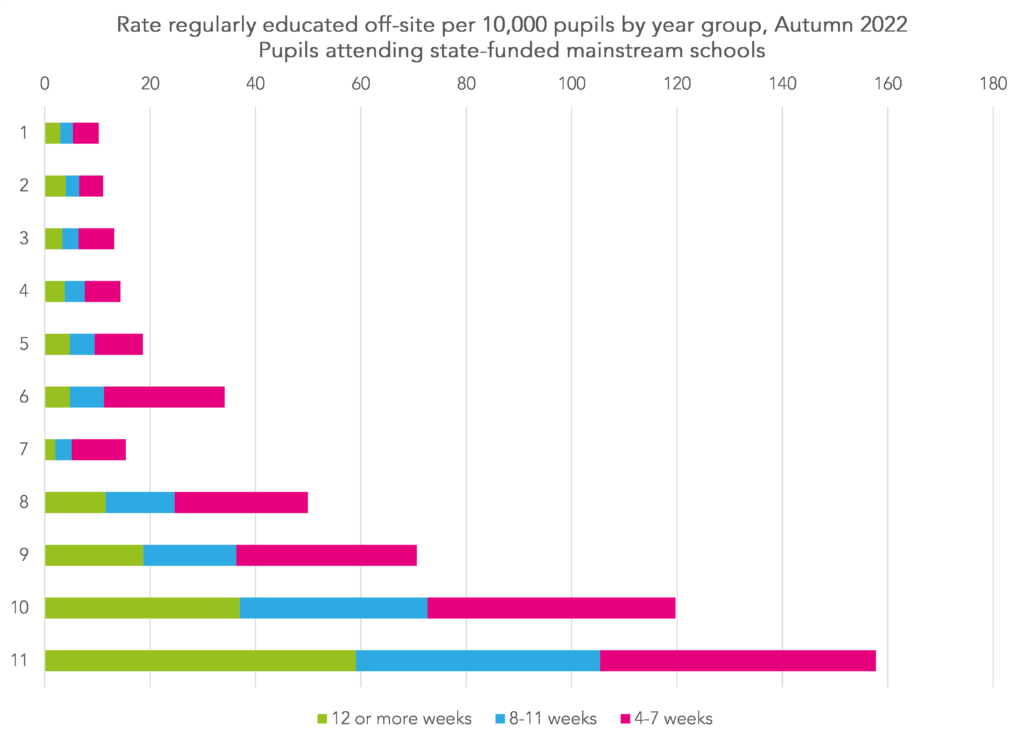
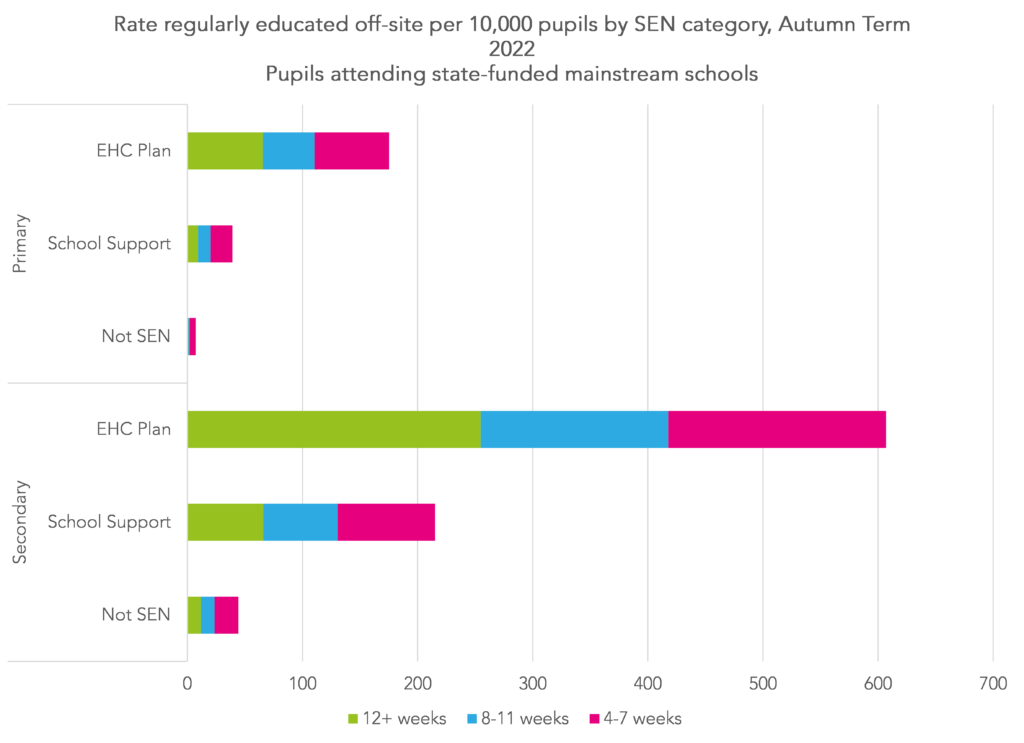
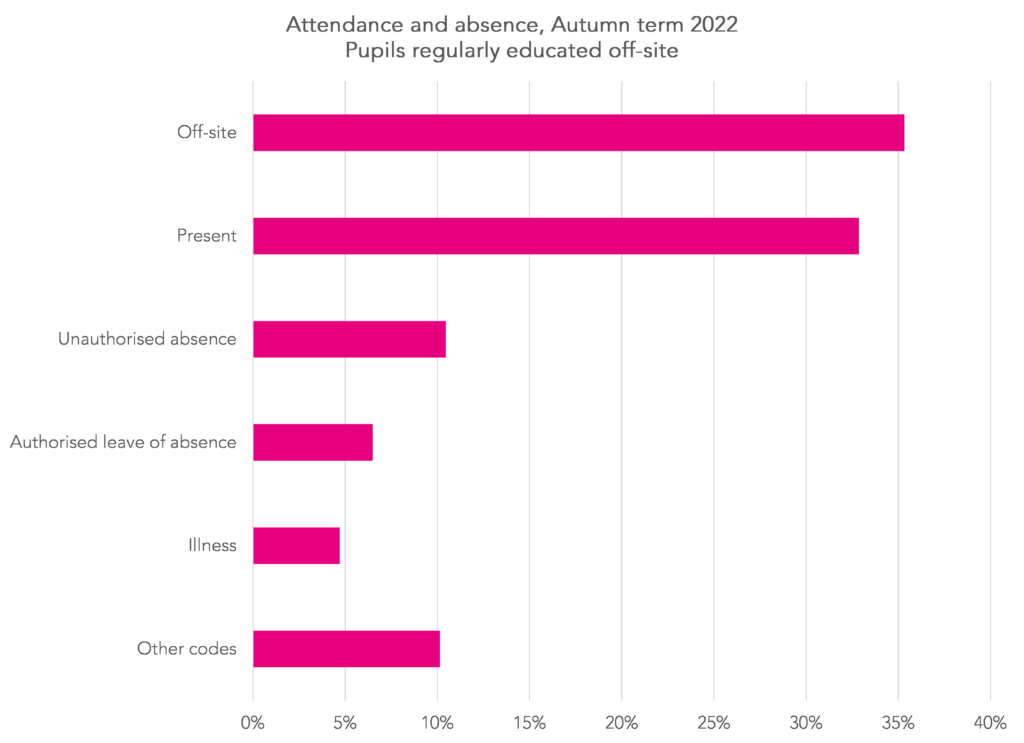
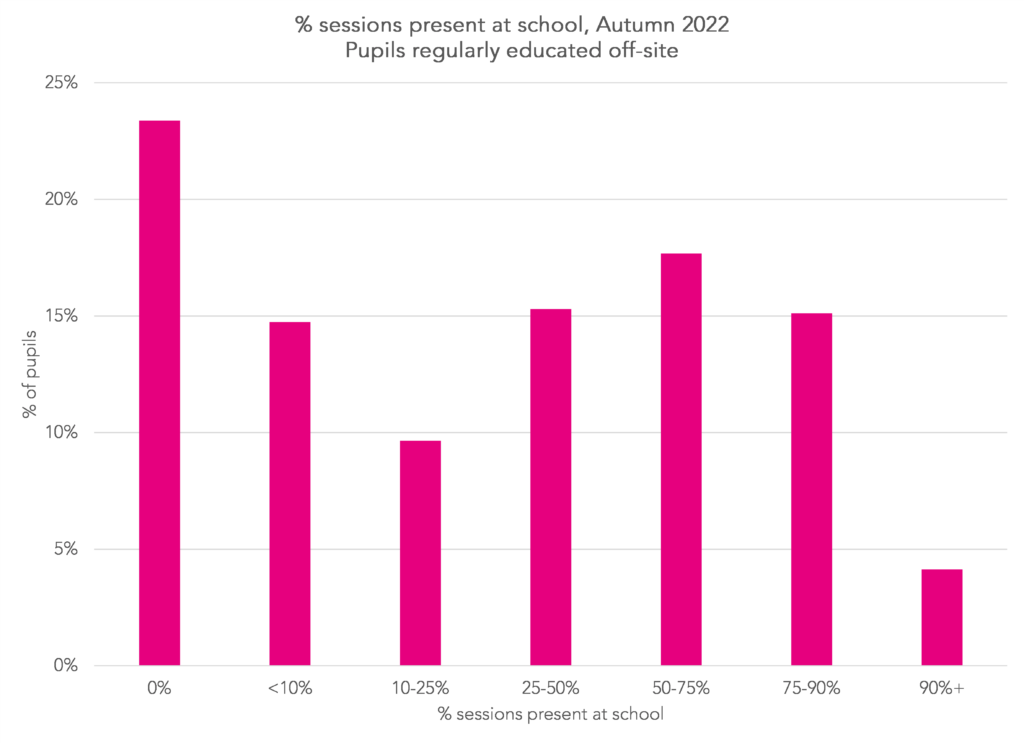
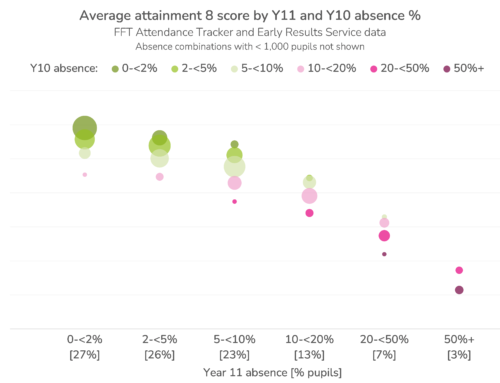
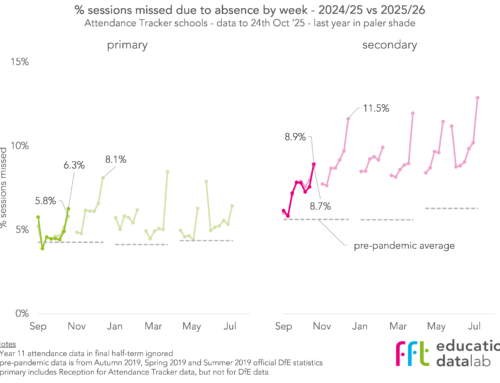
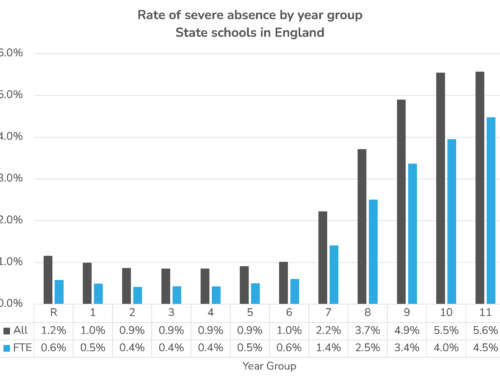
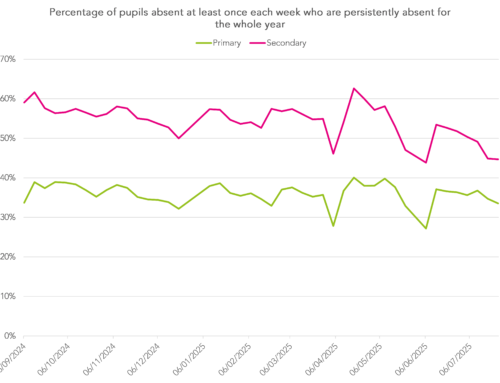
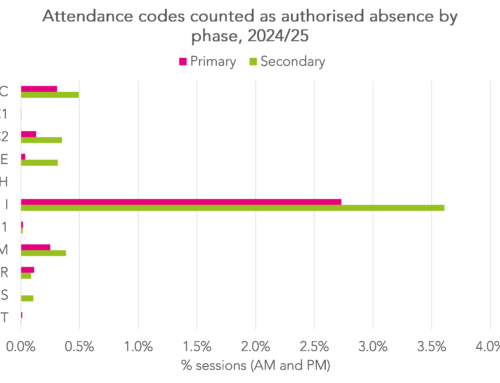
We would like the committee and Dept of Ed. to consider our Paper and work on neurodivergent CYP and the co-occurring physical health challenges but are often misunderstood or neglected. Sometimes due to prior diagnoses of neurodivegence like autism, ADHD they physical symptoms are assumed to be EBSA , mental, emotional or sensory only. It is evidenced based that physical health issues j.hypermobility, are more than double in neurodivergent people and they experience more pain than the general population. As this is not known in health and the student is absent or failing to attend, attain the school have no option to code non medical absence. There is probably , currently being investigated, an association with the co-occurring symptoms of hypermobility and Long Covid as well.
https://www.tandfonline.com/doi/full/10.1080/13575279.2022.2149471
The Childrens’ Commissioner? Weren’t there issues connected with this reported about her trust in The Guardian and elsewhere?